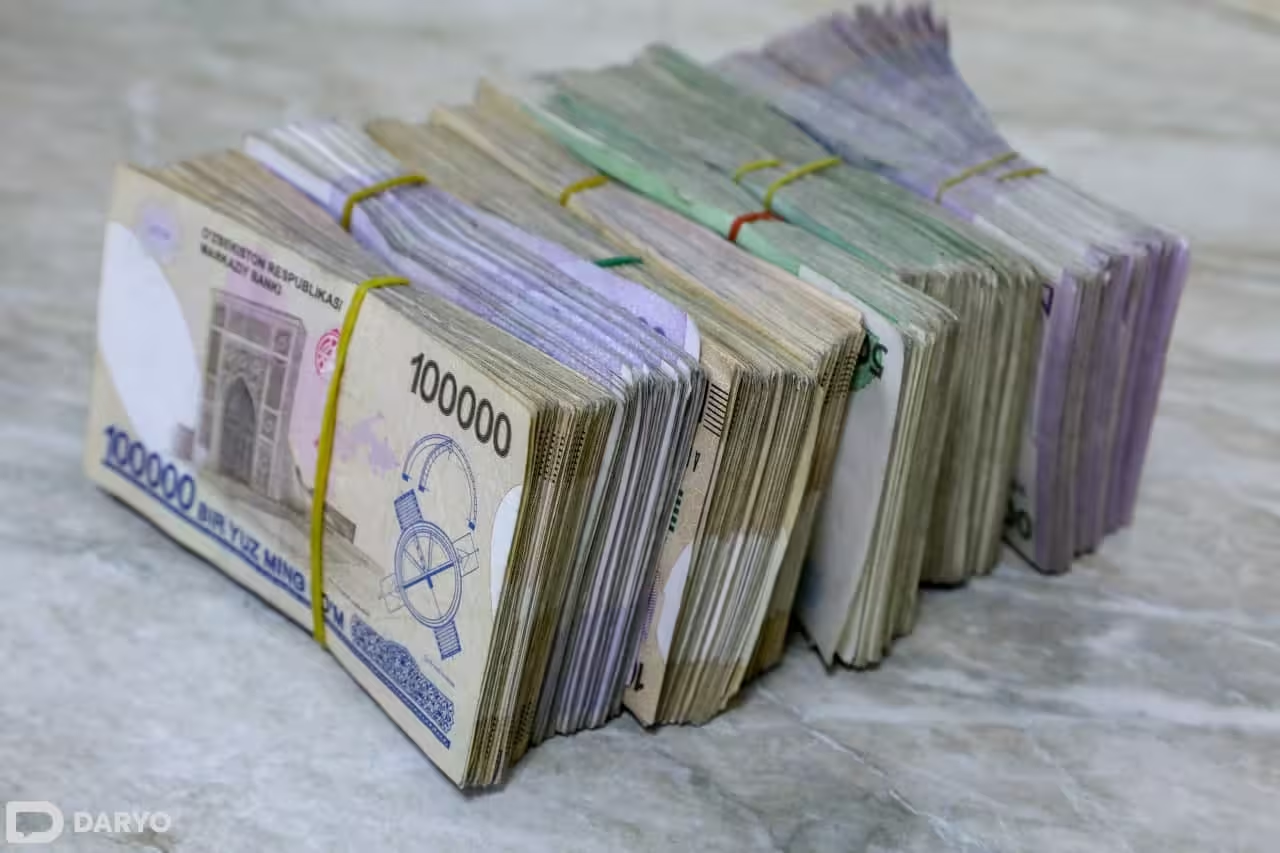The share of problem loans in Uzbekistan's banking sector declined slightly in March 2025, according to the data by the Central Bank. As of April 1, the total loan portfolio of the banking sector amounted to UZS 551.8 trillion ($42.8bn), reflecting a 2.18% increase compared to February.

During the same period, the share of non-performing loans (NPLs) dropped from 4.5% to 4.3%. However, in absolute terms, the volume of NPLs rose by 3.66% to UZS 24.34 trillion ($1.9bn), indicating that while the ratio of bad loans improved slightly, the actual value of problem loans continued to grow.
State-owned banks contributed to the improvement, reducing their share of overdue loans from 4.6% to 4.2%. Meanwhile, private financial institutions maintained their NPL ratio at the February level of 4.3%, showing no change over the month.
Several banks showed noticeable progress in reducing their NPL levels. The National Bank of Uzbekistan (NBU) lowered its ratio from 3.7% to 3.2%, while Uzpromstroybank (SQB) saw a drop from 4.4% to 4.1%.
Agrobank reduced its NPLs from 4.7% to 4.5%, and the Business Development Bank improved from 9.0% to 8.1%. Ipoteka Bank saw a decrease from 11.0% to 10.2%, Asia Alliance Bank from 2.4% to 1.2%, Microcreditbank from 6.9% to 6.6%, and Madad Invest Bank from 11.0% to 9.7%.
Despite the overall decline, several banks experienced an increase in problem loans. Garant Bank reported the sharpest rise in NPLs, from 21.7% to 23.4%. TBC Bank's share of bad loans increased from 2.1% to 3.3%, while Yangi Bank’s ratio grew from 6.8% to 7.9%.
Other banks also recorded modest increases in their NPL ratios. Ziraat Bank saw a rise from 2.9% to 3.6%, Anor Bank from 2.2% to 2.8%, and InFinBank from 1.2% to 1.7%.
As of January 1, 2025, the volume of NPLs in Uzbekistan’s commercial banks stood at UZS 21.2 trillion ($1.6bn), reflecting a year-on-year increase of UZS 4.5 trillion ($346.6mn), or 27.5%.
State-owned banks accounted for the majority of these loans, with their NPL volume reaching UZS 14.34 trillion ($1.1bn). However, performance varied across institutions. Xalq Banki saw a significant improvement, cutting its NPLs by UZS 601bn ($46.3mn) and reducing the share of bad loans in its portfolio from 7.6% to 4.2%. Microcredit Bank and Business Development Bank also achieved slight reductions in their non-performing loan levels.
Follow Daryo's official Instagram and Twitter pages to keep current on world news.
Comments (0)